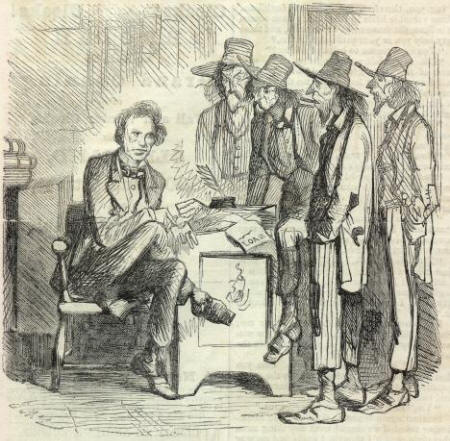 In her wonderful Masters of Small Worlds, Stephanie McCurry makes some illuminating observations about yeomen, slaveholders and planters in the pre-war south.
In her wonderful Masters of Small Worlds, Stephanie McCurry makes some illuminating observations about yeomen, slaveholders and planters in the pre-war south.To begin with, farmers did not, apparently, regard the ownership or lack of ownership of slaves as their defining characteristic. Even after the Civil War, small farmers – slaveholders and non-slaveholders alike – identified themselves as “self-working farmers.” Although they might or might not own some slaves, they could not restrict themselves to supervisory or managerial tasks; they and their families “composed the primary labor supply of their households.”
Where did the boundary between “self-working farmer” and small planter lie? McCurry concludes that, “Surprising as it might seem, farmers could well have owned as many as nine slaves and still have found themselves dependent on family members even for field labor.”
The reason the number is so high “lies in the striking pattern in the age and sex of the slaves small slaveholders typically owned.” Small slaveholders typically owned a disproportionately high number of women, children and adolescents. Even a farmer who owned nine slaves “owned, on average, four or five children, three or four adult women, and at most one or two adult men.”
Presumably, economics shaped this profile: women slaves cost less than men. At the same time, the small farmer, although sacrificing short-term profit, was purchasing an asset that, in the long run, would likely produce a higher return in the long run in the form of children (including male children). As the farmer and his wife grew older and their own children married and left the farm, slave children would be reaching adulthood and taking their places in the field.
Based on these and other considerations, McCurry concludes that “’self-working farmers’ were those who owned fewer than 150 acres of improved land and fewer than ten slaves.”








